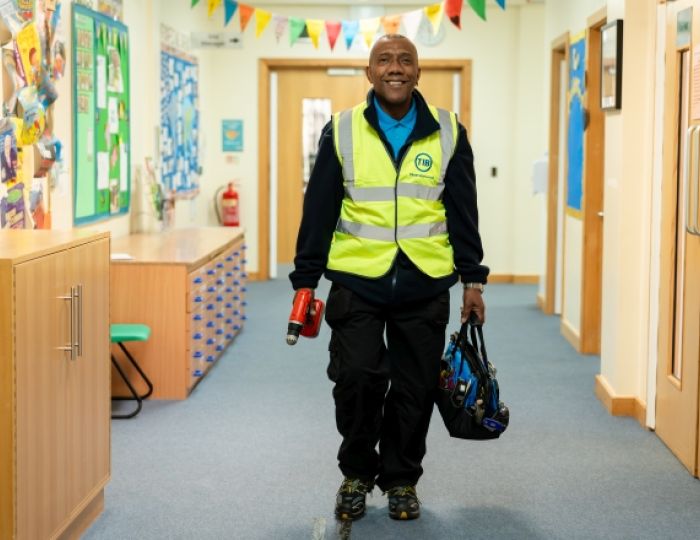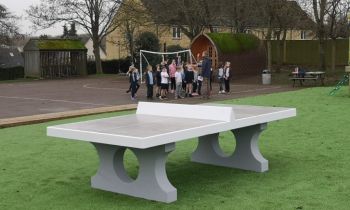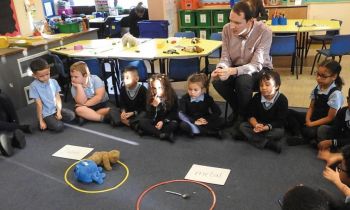2020 is of course famous for many things, one of which is being the year that remote learning became mainstream.
While schools have been doing an amazing job at providing continuity of education, even teaching in person and remotely at the same time, there are key safeguarding considerations that we must not forget.
Life has certainly been different in schools, with children of key workers in during the first lockdown and others at home, the phased return of primary year groups before the summer, and the bubble-bursting hokey-cokey and yet more new restrictions in this school year.
That has generated plenty of things to watch out for in school, but the concerns about staying safe at home have been accentuated as well. Even if nothing else changed, the sheer increase in time spent at home and online by young people increased the likelihood of exposure to online harm from bullying to child sexual exploitation, to gangs and county lines (child criminal exploitation or CCE).
So what’s the answer?
In school, it is important to recognise that during bubble/school closures when remote learning is implemented that the same principles of safeguarding, online safety and behaviour apply – major changes to policy documents should not be needed.
However, schools should review policies, remind stakeholders of existing principles and identify any which need reinforcing due to new (mostly online) procedures and activities. You can find more advice on this here in an addendum document that will help schools update their policies.
A particular concern is over the use of livestreaming and other remote teaching technologies. These are all great teaching and learning tools, but it’s important to take precautions to keep children safe and protect staff from allegations of impropriety.
Here are twenty top tips for live streaming lessons (most applicable to all forms of remote teaching):
1. Only use school-registered accounts, never personal ones.
2. Don’t use a system that your SLT has not approved.
3. Will some students be excluded? Do they have internet, a device and a quiet place?
4. Do students have a safe and appropriate place with no bedrooms or inappropriate objects/information visible? All the video platforms now allow you to blur or change the background.
5. Check the link in an incognito tab to make sure it isn’t public for the whole world!
6. Has your admin audited the settings first (who can chat? who can start a stream? who can join?
7. What about vulnerable students with SEND and CP needs?
8. Don’t let students start their own streams by mistake when you allow them to access the class stream.
9. Never stream without another member staff in the ‘room’ and without other colleagues aware.
10. Once per week for live lessons may be enough to start with – don’t overdo it and make mistakes.
11. Keep a log of everything - what, when, with whom and anything that went wrong.
12. Do you want chat turned on for pupils? Can they chat when you aren’t there?
13. Avoid one-to-ones unless pre-approved by SLTs.
14. Remind pupils and staff about the AUP agreements they signed. The rules are the same.
15. Remind pupils and staff about the safeguarding policy and reporting process – does it work remotely?
16. Do you want to record it? Are students secretly recording it? You may not be able to tell.
17. How can students ask questions or get help?
18. What are the ground rules? When can students speak/how?
19. If you don’t understand the system, if it won’t be safe or reliable, if teaching won’t be enhanced, DON’T DO IT.
20. Is your DPO happy? GDPR covered? Parental consent needed?
Parents are going to worry about extra screen time and the risks that exist – here is some advice for them:
Don’t worry about screen time; aim for screen quality
Scrolling through social media isn’t the same as making a film or story, or Skyping Grandma. Use the Children’s Commissioner’s ‘Digital Five a Day’ to plan or review each day together.
Check the safety settings are turned on
Whether it’s your home internet, mobile devices, consoles, apps or games, there are lots of settings to make them safer. The key ones are - can they chat to strangers, can they video chat or ‘go live’, are their posts public? Internet Matters has hundreds of guides to parental controls.
Get your children to show you their apps and games
You don’t need to know all about the latest app or game, but if your child shows you what they are doing and with whom, you’ll probably see if it’s appropriate or not. Remember 18 games are not more advanced – they are harmful to children! For parent guides to apps, including recommendations for kidsafe apps and video platforms, search for Common Sense Media or NSPCC’s NetAware. And why not download the BBC Own It app?
Don’t try to hide the news about coronavirus
If you don’t talk about it, your children might read inappropriate pages, believe scare stories or simply catastrophise in their heads. Why not watch Newsround together and talk about how they feel – there is guidance from Childline to help you.
Remind them of key online safety principles
There are too many to list, but remember human behaviour is the same online and offline. Remind your children to be a good friend, to ask for help if they are worried or if someone is mean, not to get undressed on camera and most important of all… if somebody tells them not to tell or ask for help because it’s too late or they will get in trouble, THAT’S A LIE!
If you aren’t sure, ASK!
Your school may be able to give you advice, but there are plenty of other places to ask for help as a parent or a child, whether it is advice or help to fix something. Lots of sites are listed, including ones to tell your kids about.
You can download these tips in a flyer for parents here.
Don’t forget either that the new subject of RSHE (Relationships, Sex and Health Education) has 66 mentions of life online, so this new home of online safety is a great opportunity to prepare young people for the risks and opportunities offered by the online world. At LGfL we offer training on teaching online safety through RSHE which is free to all schools, so why not send your RSHE coordinator to find out more?
We have also created a quiz to help schools introduce all the subjects that you might want to cover, from money mules to WhatsApp chats, to grooming and persuasive design.
Education is of course a vital piece of the jigsaw but can’t cover all bases. That’s why legislation and regulation are important and we can’t wait for the Online Harms Bill to finally come into force, hopefully in early 2021, with great new initiatives such as age verification and a duty of care for social media providers. That will truly be a key part of the jigsaw.
In the meanwhile though, there are lots of technological solutions that can help. In schools, we are used to using filtering, for example, and it’s really important for schools to be sure that their filtering or monitoring providers are registered with the UK Safer Internet Centre to explain how they meet the ‘appropriate’ definitions.
At home, the picture is more varied, and that’s why LGfL has decided to make our new home filtering solution available for all schools in the country for free for the next six months to cover the period of uncertainty and extra remote learning where pupils are likely to be online at home a lot more while doing their school work.
Mark Bentley, Safeguarding and Cybersecurity Manager at LGfL, a charitable trust that is offering free web filtering for pupils learning at home to all schools for a six-month period.










